What is a Weed Dab and How Does It Differ from Traditional Marijuana?

Many stoners wonder about the buzz around weed dabs. A weed dab is a highly concentrated cannabis product, unlike traditional marijuana. This article will dive into what makes dabs unique, including their potency and how they're used, offering insights for both curiosity and safety.
Let's explore this potent form of cannabis together.
Key Takeaways
- A reliable weed dab is a concentrated form of cannabis created using an extraction process that isolates THC and CBD, resulting in products like wax or shatter which are much stronger than traditional marijuana.
- Dabbing provides a quicker, more intense high due to the high levels of THC. It uses special equipment like dab rigs or vaporizers to consume the concentrates.
- There are legal considerations around weed dabs that vary by state, including laws related to possession limits and consumption regulations. Always stay informed about your local laws.
- The production and use of weed dabs pose certain risks such as fire hazards from butane extraction, potential contamination with toxins, and health effects from highly potent THC leading to possible addiction and abuse.
- Ensuring safety when dabbing is crucial; this includes getting concentrates from reputable sources, being aware of the physiological and psychological effects it can have on the body, and understanding the signs of dependence or abuse.
What Is a Weed Dab?

A weed dab is a concentrated form of marijuana extracted from the cannabis plant. It is produced using solvents like butane to extract cannabinoids, resulting in a potent resinous substance with high levels of THC.
Definition and explanation

A weed dab is a concentrated form of cannabis made through an extraction process that isolates the plant's active ingredients, like THC and CBD. Extractors use solvents such as butane or CO2 to pull out the cannabinoids and terpenes from the marijuana plant, resulting in a sticky oil often referred to as wax, shatter, budder, or butane hash oil (BHO).
This concentrate packs much more potency than traditional dried flower.
Dabbing involves vaporizing these concentrates on a hot surface and inhaling the vapor. This method delivers high concentrations of tetrahydrocannabinol (THC) to the user rapidly. Due its intense strength and rapid onset of effects, dabbing has become popular among cannabis enthusiasts seeking a powerful experience.
Now let's explore how this method differs from smoking or vaping traditional marijuana.
How a Weed Dab Differs from Traditional Marijuana

Weed dabs differ from traditional marijuana in terms of concentration and potency, consumption methods, and legal considerations. To explore these differences in detail, read on.
Concentration and potency
Weed dabs have a higher concentration of THC compared to traditional marijuana. The process of extracting THC creates a potent cannabis resin, resulting in a more intense high when dabbed.
Dabbing delivers a quicker and stronger hit due to the concentrated THC, making it popular among those seeking an immediate and powerful effect.
When consuming weed dabs, individuals should be aware of the heightened potency compared to smoking or vaping traditional marijuana. Concentrated THC in dabs can lead to an overwhelming experience for those not accustomed to such high levels.
Consumption methods

Using a dab rig or a vaporizer, users can consume weed dabs. Compact dab rigs are specifically designed for this purpose and consist of a water pipe attachment and a heated surface, while vaporizers allow for discreet and convenient dabbing.
- Dab Rigs: Utilize a dab tool to place a small amount of cannabis concentrate onto the heated surface of the dab rig. Inhale the vapor through the mouthpiece.
- Vaporizer: Load the cannabis concentrate into the vaporizer chamber, then activate the device to heat and vaporize the concentrate. Inhale the vapor through the mouthpiece.
Legal considerations
Legal considerations surrounding weed dabbing vary widely depending on the state's laws. It's imperative to stay informed about cannabis legalization and consumption regulations in your area, as they can significantly impact your risk of legal repercussions.
Understanding the specifics of THC extraction, possession limits, and age restrictions is crucial for staying compliant with the law. Being knowledgeable about the potential consequences of dabbing outside of legal boundaries can help you make informed decisions regarding your marijuana use.
In states where weed dabbing is legalized, it's essential to adhere to all regulations to safely enjoy its benefits without facing legal issues. Familiarize yourself with local legislation related to butane hash oil (BHO) production and sale, cannabis concentrates possession limits, and any restrictions around public marijuana consumption.
Risks and Safety of Dabbing
Dabbing poses risks due to the extraction process using butane, which can result in fire hazards and potential toxins. Physiological and psychological effects, along with the risk of addiction and abuse, must be considered when evaluating the safety of dabbing.
Extraction process and fire hazards

During the extraction process, butane hash oil (BHO) is commonly used to create cannabis concentrates for dabbing. This method involves the use of flammable solvents, posing a significant fire hazard if not carried out with extreme caution.
The risk of explosion and potential exposure to toxic fumes makes it essential to conduct BHO extractions in a well-ventilated area while adhering strictly to safety protocols.
Careful handling and thorough understanding of the extraction process are crucial in mitigating fire hazards associated with producing concentrates for dabbing. It's vital for individuals engaging in this practice to prioritize safety measures by using proper equipment and following established guidelines meticulously.
Potential contaminants

After considering extraction processes and fire hazards, it's essential for stoners to be aware of potential contaminants in weed dabs. Cannabis concentrates can contain residual solvents like butane if not properly purged during the extraction process, leading to health risks when consumed.
Additionally, pesticides and mold may be present in cannabis plants used for extractions, posing further dangers to consumers. Therefore, ensuring that the source material is free from contaminants and that proper extraction methods are employed is crucial for a safe dabbing experience.
Inhaling contaminated extracts can lead to adverse effects on health. Contaminants such as heavy metals, residual solvents, and pesticides have been found in substandard products which could lead to long-term health issues or acute symptoms.
Physiological and psychological effects

Weed dabs have immediate and intense physiological effects:
- Increased heart rate and blood pressure
- Red eyes and dry mouth
- Impaired motor coordination and reaction time
- Euphoria and relaxation
- Heightened sensory perception.
- Altered perception of time
- Anxiety or paranoia at higher doses
Addiction and abuse
Addiction to dabbing can lead to physical and psychological dependence. Regular use of potent concentrates may increase tolerance, leading individuals to consume higher doses for the same effects.
Abuse of weed dabs can also lead to negative consequences in various aspects of life, including work, relationships, and mental health. Recognizing the signs of addiction and seeking support from healthcare professionals or support groups is crucial in addressing these challenges.
The abuse of marijuana concentrates through dabbing poses significant risks due to their high potency levels. Individuals are at risk of developing a tolerance over time as they chase the intense high that comes with concentrated THC inhalation.
Conclusion

In conclusion, understanding the difference between weed dab and traditional marijuana is crucial for informed consumption. The potency and concentration of THC in a dab are significantly higher than in traditional cannabis.
Additionally, the consumption methods and legal considerations vary between the two forms. Being aware of these differences can aid individuals in making informed choices about their marijuana use.
FAQs
1. What is a weed dab?
A weed dab is a concentrated form of cannabis, often made using butane hash oil (BHO), that you vaporize and inhale for a potent effect.
2. How is dabbing different from smoking traditional marijuana?
Dabbing involves vaporizing small amounts of concentrated cannabis (dabs) to inhale, while traditional marijuana involves burning the plant material and inhaling the smoke. Dabbing usually offers stronger effects due to higher potency.
3. Why are dabs more potent than traditional marijuana?
Dabs are more potent because they contain higher concentrations of THC, the main active ingredient in cannabis, compared to what's found in traditional marijuana leaves or buds.
4. Can you explain the process of how to consume a weed dab?
The process includes heating a surface called a nail until it’s very hot, then applying a small amount of dab onto this heated surface which instantly vaporizes it for inhalation through special equipment known as a dab rig.


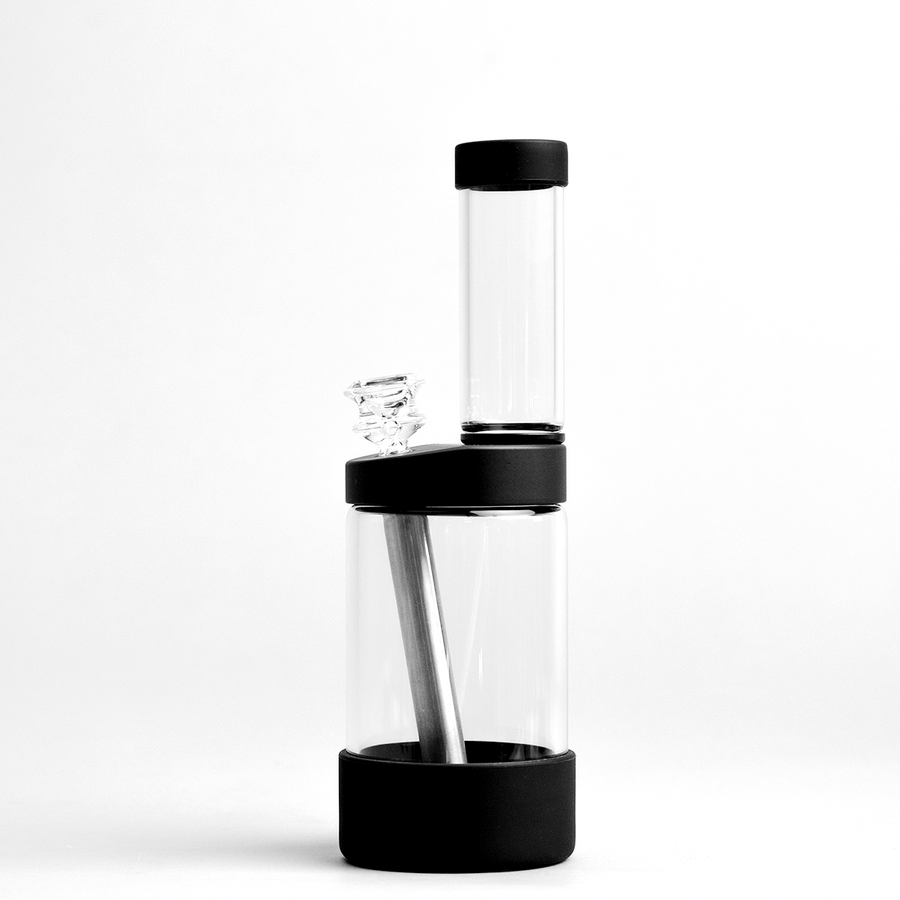
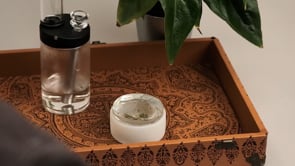
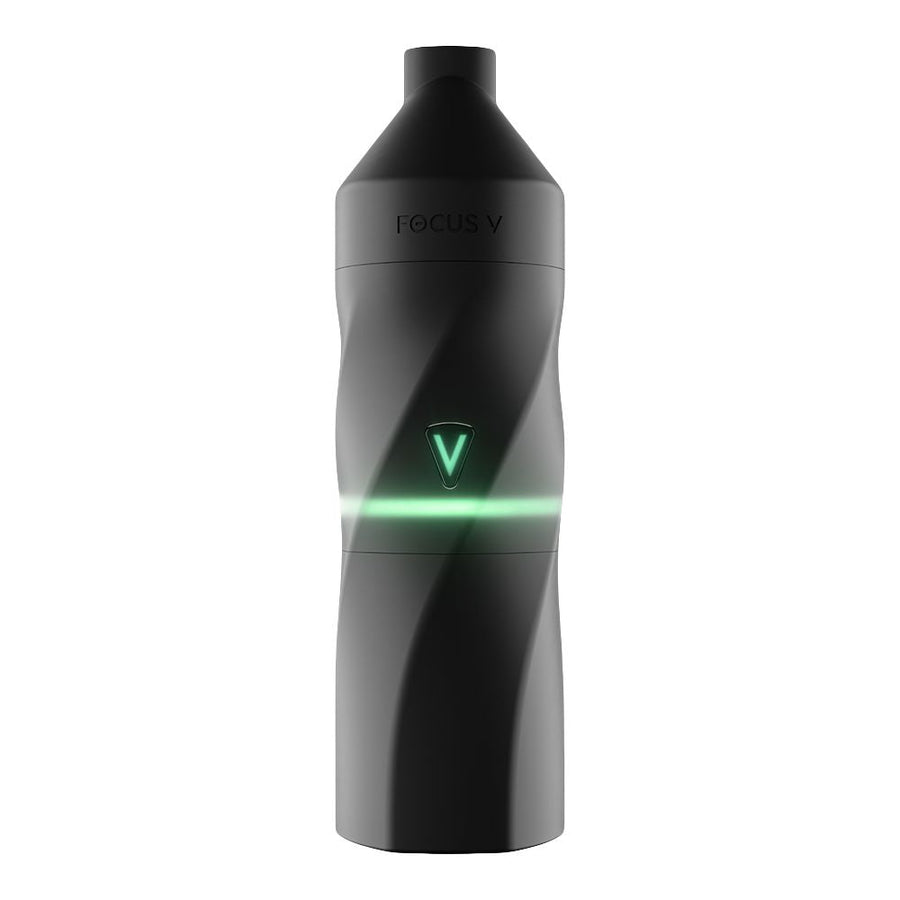
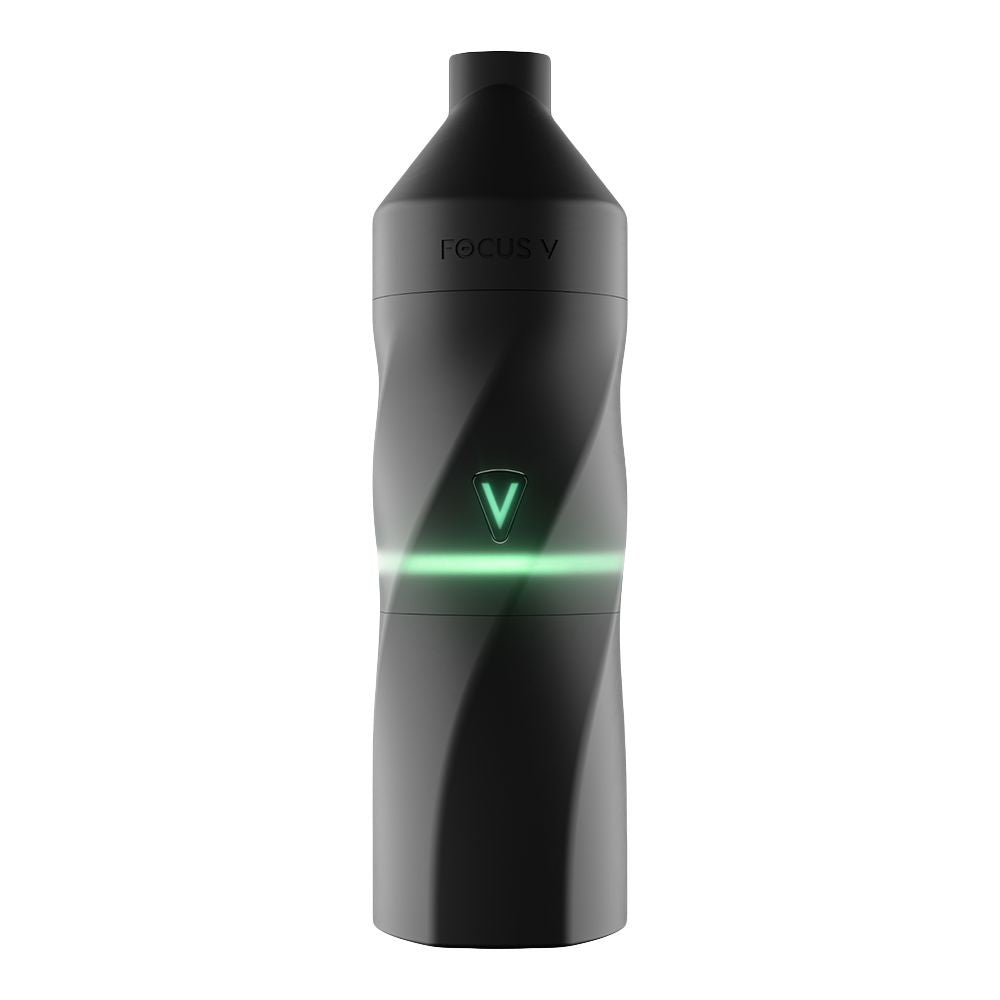
![Vessel Helix Pipe [Copper] - Headshop.com](http://www.headshop.com/cdn/shop/files/ad3c0443-b76d-4fe5-84b8-a617dd50a950.jpg?v=1747419387&width=900)
![Vessel Helix Pipe [Copper] - Headshop.com](http://www.headshop.com/cdn/shop/files/7b0e06e3-9106-4684-80e4-408362c34085.jpg?v=1747419388&width=1000)
![Vessel Wood Vape Pen Battery [White/Beechwood] + - Headshop.com](http://www.headshop.com/cdn/shop/files/4ecd5d0f-363a-454e-a7a0-229fb93bf456.jpg?v=1725470645&width=900)
![Vessel Wood Vape Pen Battery [White/Beechwood] + - Headshop.com](http://www.headshop.com/cdn/shop/files/d232e493-09e6-4574-b44c-3e2bde9425b4.jpg?v=1725470647&width=1000)
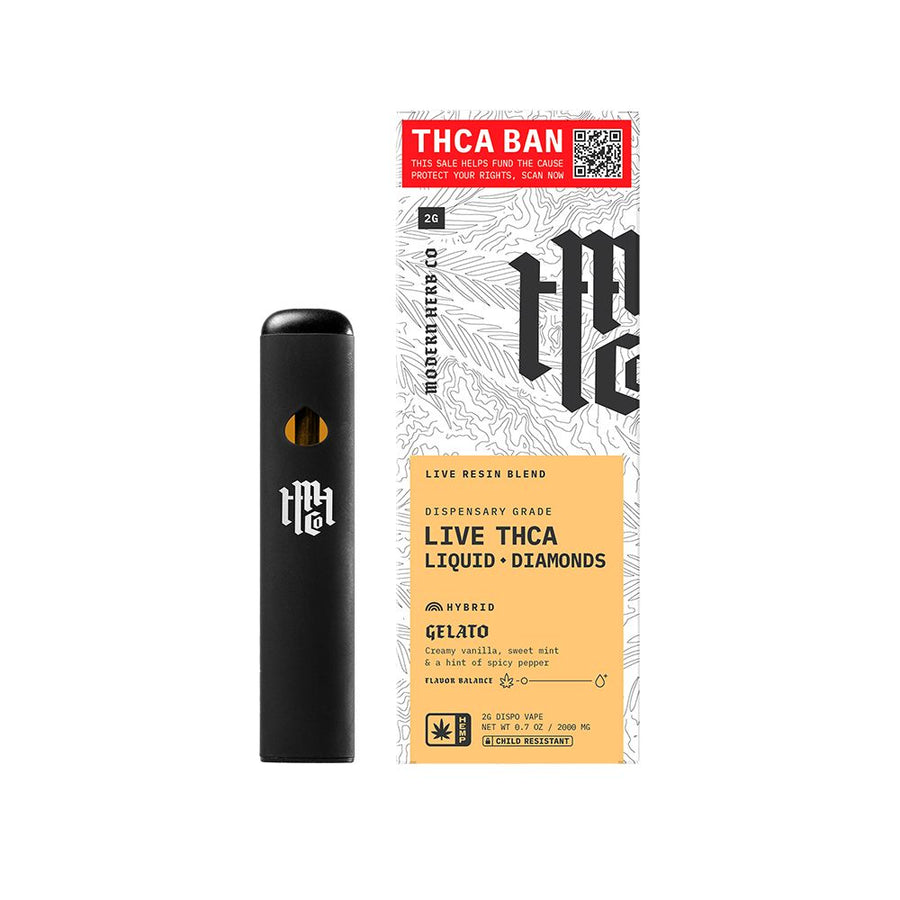
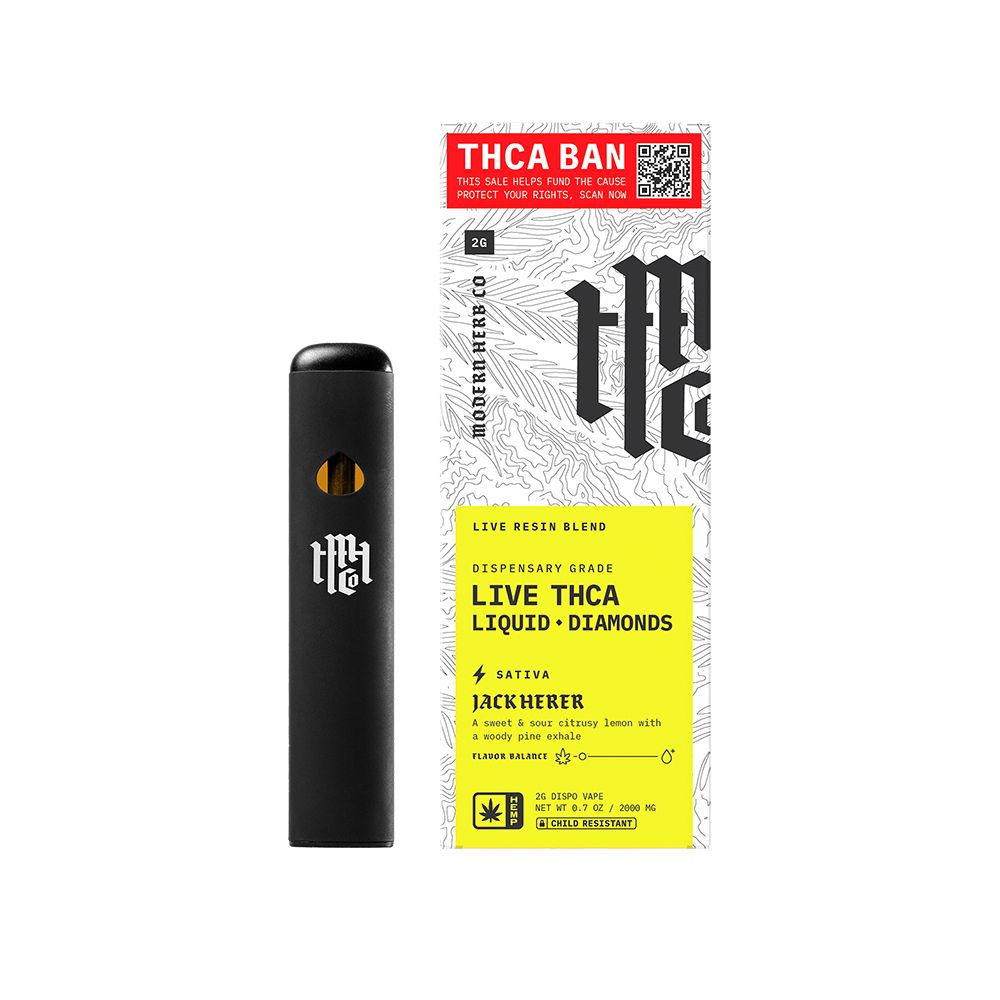
![Vessel Compass Apex Charger [Black] - Headshop.com](http://www.headshop.com/cdn/shop/files/f10e6bf4-6ce7-4a59-a50e-a4184f069754.jpg?v=1729115238&width=900)
![Vessel Compass Apex Charger [Black] - Headshop.com](http://www.headshop.com/cdn/shop/files/dce98c70-346c-405f-aca8-d59c7feed96d.jpg?v=1729115240&width=1000)
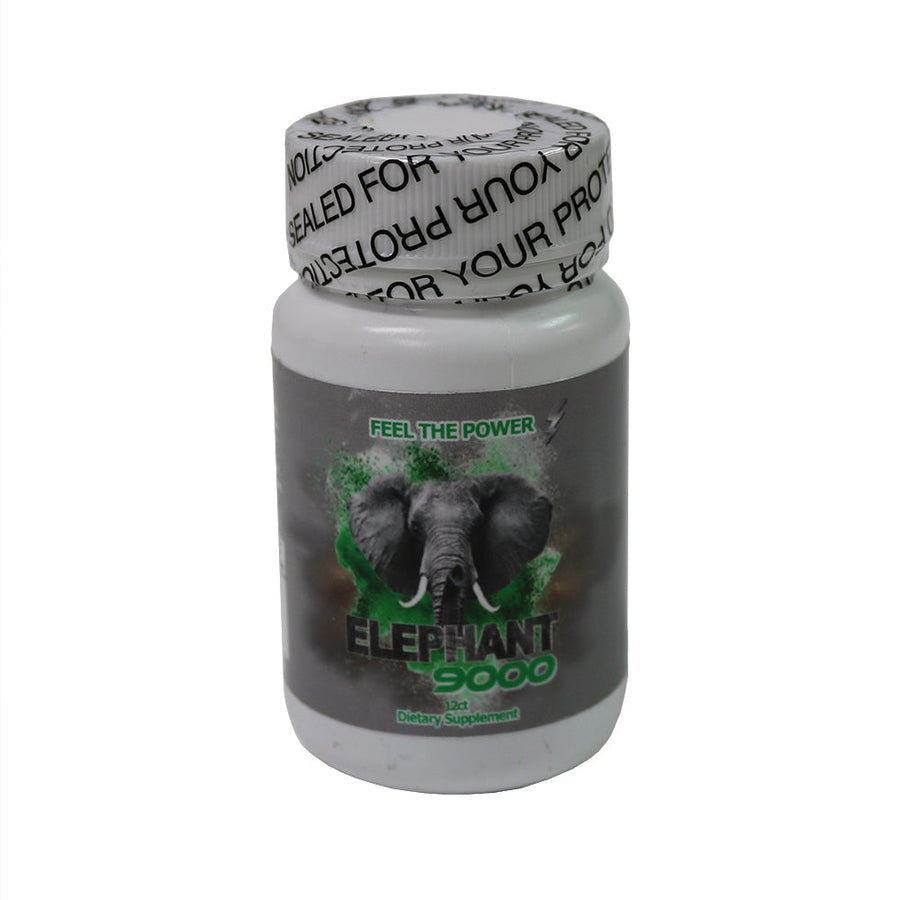
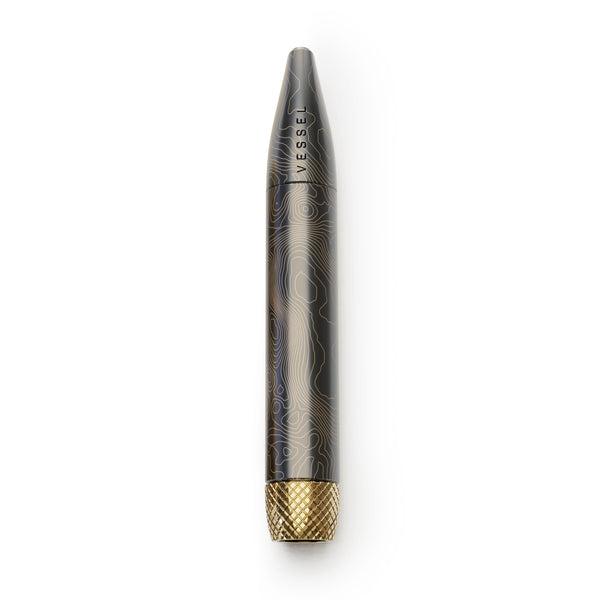
![Vessel - Mill [Beechwood] Vessel - Mill [Beechwood]](http://www.headshop.com/cdn/shop/files/MILL_GUNMETAL_BEECH_COLLAPSED_FRONT_800.jpg?v=1744308513&width=600)
![Vessel - Cone [Onyx] Vessel - Cone [Onyx]](http://www.headshop.com/cdn/shop/products/6f51074a-2173-4ab4-876d-22a84764eb5d.png?v=1679517316&width=600)
![Pipe by Vessel [Rose Gold] Pipe by Vessel [Rose Gold]](http://www.headshop.com/cdn/shop/files/Pipe_Rose_Gold_Closed.jpg?v=1744306576&width=600)
![Vessel - Air [Jade] Vessel - Air [Jade]](http://www.headshop.com/cdn/shop/products/7cd436a1-b1f0-4e01-9e52-050ad7140b56.png?v=1679506090&width=600)
![Vessel Helix Pipe [Black] - Headshop.com](http://www.headshop.com/cdn/shop/files/Pipe_Black_Angle.jpg?v=1744306153&width=900)
![Vessel Helix Pipe [Black] - Headshop.com](http://www.headshop.com/cdn/shop/files/Pipe_Black_Closed.jpg?v=1744306155&width=1000)
![Vessel Compass Rise Vape Bar [Crimson] - Headshop.com](http://www.headshop.com/cdn/shop/files/fc3fd52a-2783-4fac-bd38-bc4f2013a889_5466b32d-da71-427f-8737-bf7d7f5f2c77.jpg?v=1735253136&width=900)
![Vessel Compass Rise Vape Bar [Crimson] - Headshop.com](http://www.headshop.com/cdn/shop/files/66947a99-195c-4deb-b29e-03443ebebd5a_32c35e3d-ba1b-4d4d-a879-3886d37bddf7.jpg?v=1735253136&width=1000)
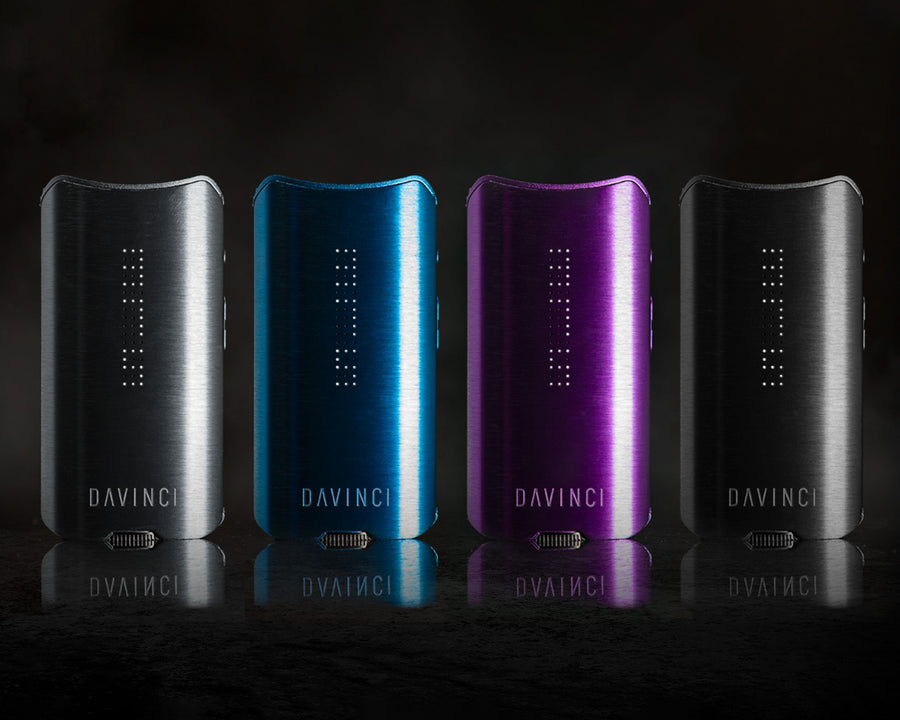
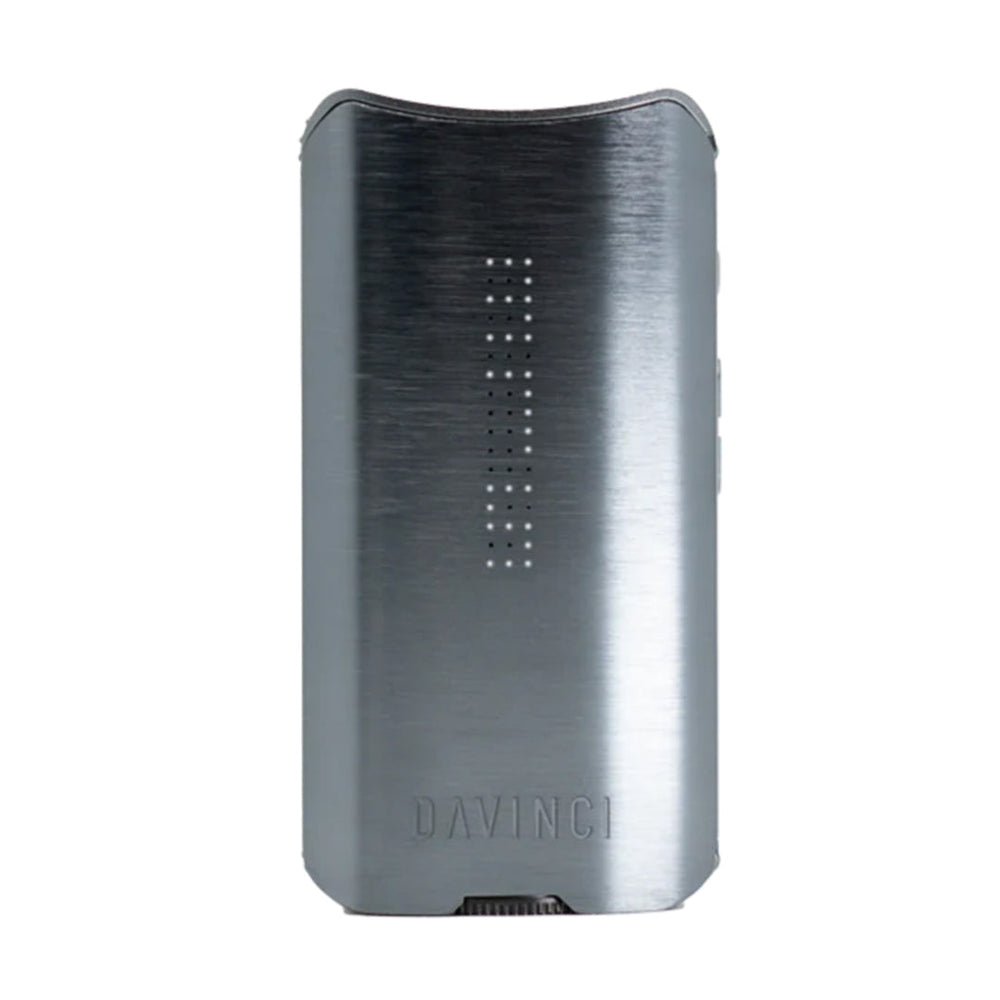
![Vessel - Ember [Gold] Astray - Headshop.com](http://www.headshop.com/cdn/shop/files/20220106_EMBER_BRASS.jpg?v=1744309601&width=900)
![Vessel - Ember [Gold] Astray - Headshop.com](http://www.headshop.com/cdn/shop/files/20220106_EMBER_BRASS_WITH_AIR.jpg?v=1744309601&width=1000)
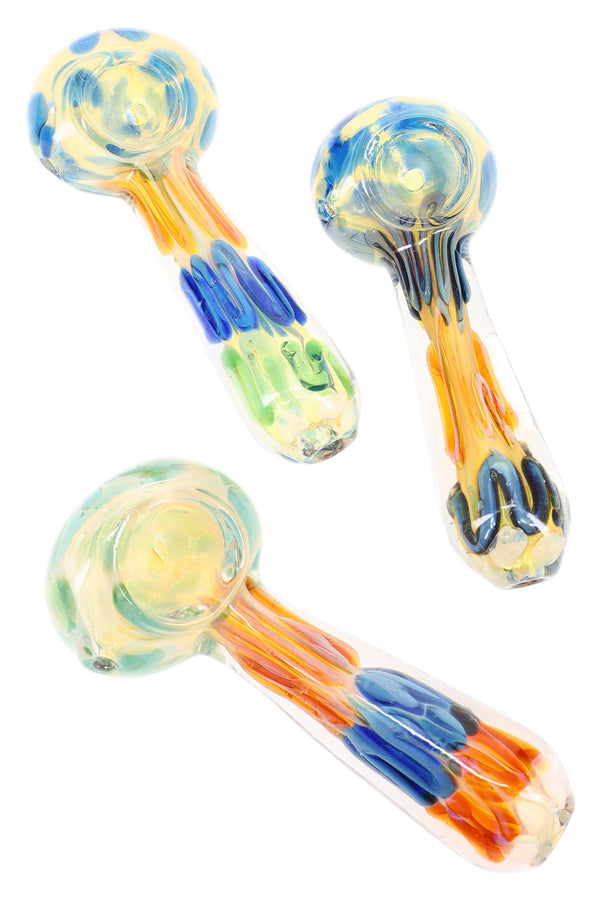
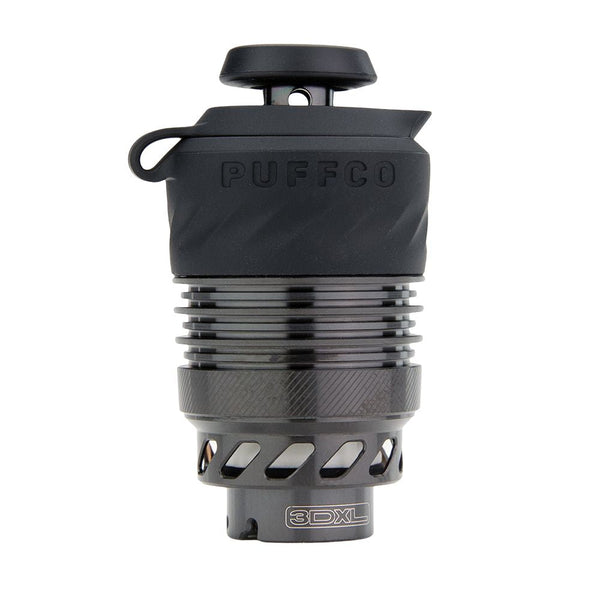
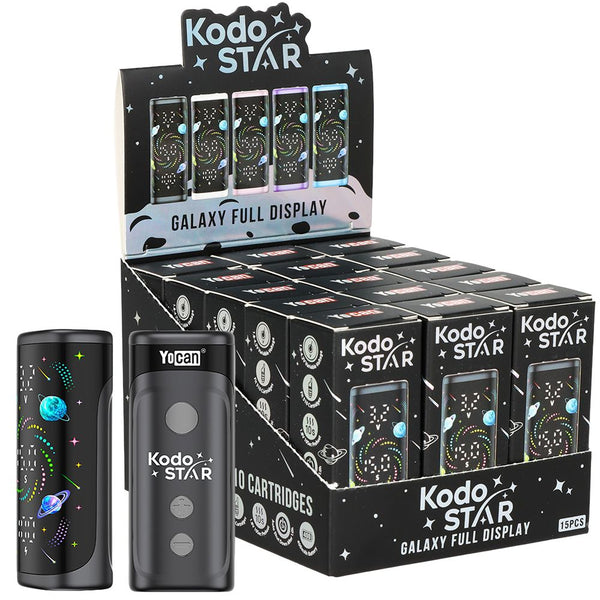
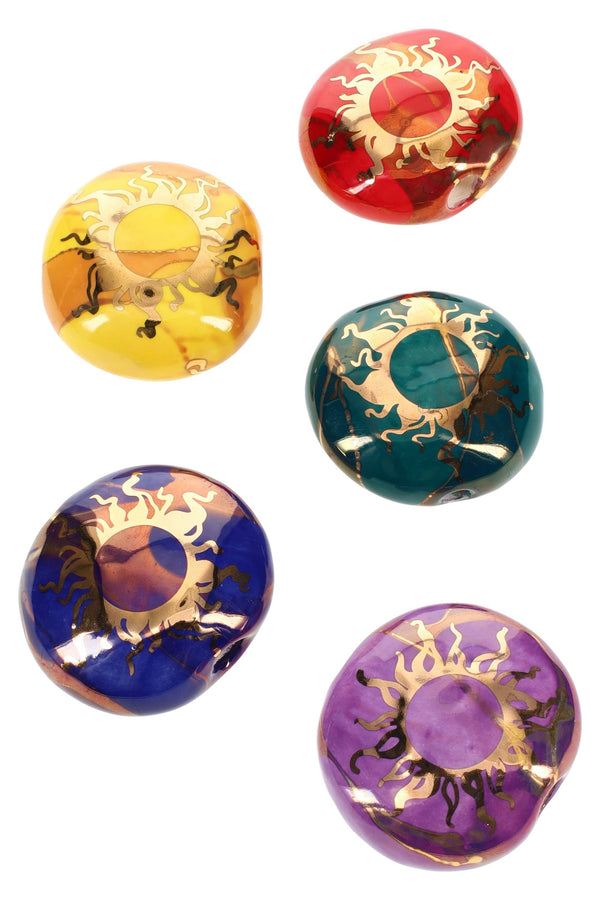
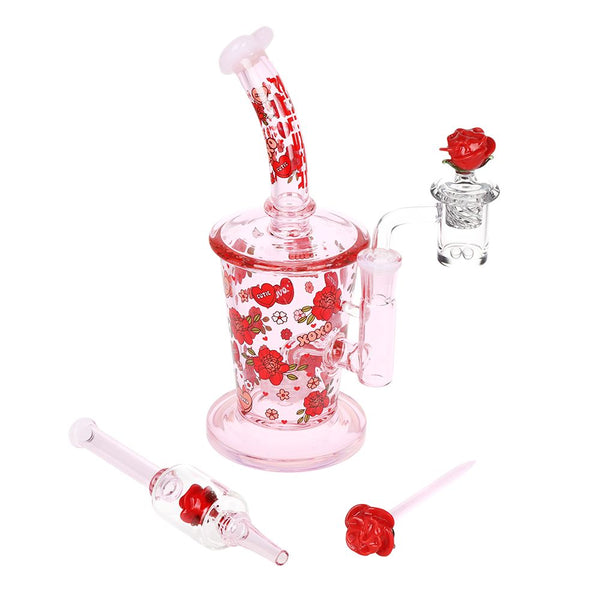





![Pipe by Vessel [Gunmetal]](https://cdn.shopify.com/s/files/1/0585/8462/9443/files/Pipe_Gunmetal_Angle_500x500.jpg?v=1744306453)











